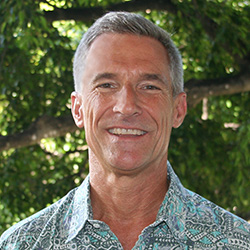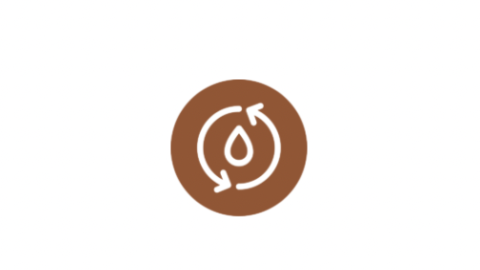
E-MAIL: RBABCOCK@HAWAII.EDU
RELATED WEB PAGE: VIEW
EDUCATION:
- PhD, Civil and Environmental Engineering, University of California, Los Angeles, 1991
- MS, Civil and Environmental Engineering, California Polytechnic State University, San Luis Obispo, 1989
- BS, Civil Engineering, University of California, Davis, 1987
FIELDS OF INTEREST:
- Biological water and wastewater treatment
- Membrane bioreactors
- Wastewater recycling
- On-site wastewater treatment
- Bioremediation
- Green roofs
- Environmental water quality
Roger Babcock is a Professor of Civil and Environmental Engineering and Water Resources Research Center. He teaches a range of topics including, environmental engineering, water and wastewater engineering, environmental chemistry and professional ethics. He has received a number of awards for excellence in teaching, advising and research including, ASCE Outstanding Faculty Advisor Award, ASCE Outstanding Civil Engineering Achievement Award for Best Study/Research Project and the College of Engineering Hi Chang Chai Excellence in Teaching Award.
Professor Babcock is primarily a sanitary engineer. His work involves water and wastewater treatment, reuse and disposal. Biological processes, hydraulics, hydrology and mass transfer in environmental processes and systems are key factors in his work. Professor Babcock’s research is focused on biological wastewater treatment, membrane bioreactors, wastewater recycling, on-site wastewater treatment, genetic fingerprinting, green roofs and environmental water quality. His long-term interests include energy production, conservation and net-neutrality in the water and wastewater sectors. He is also interested in the effects of sea-level rise on infrastructure and process design and performance in the water sector.
Professor Babcock earned his Ph.D. in Civil and Environmental Engineering from the University of California at Los Angeles, an M.S. in Civil and Environmental Engineering from California Polytechnic State University in San Luis Obispo, California. He earned his B.S. in Civil and Environmental Engineering from the University of California at Davis.

